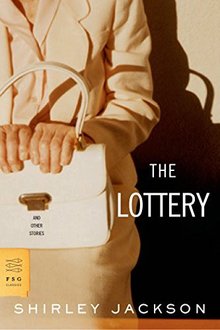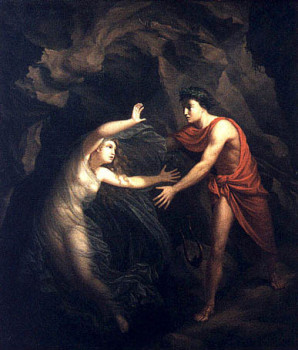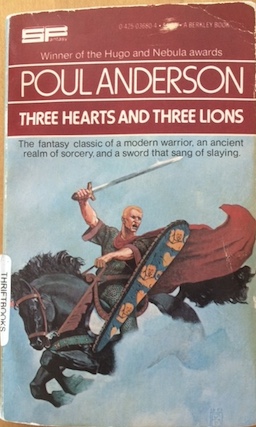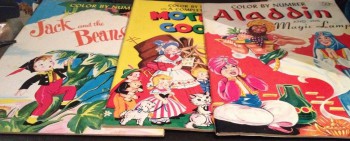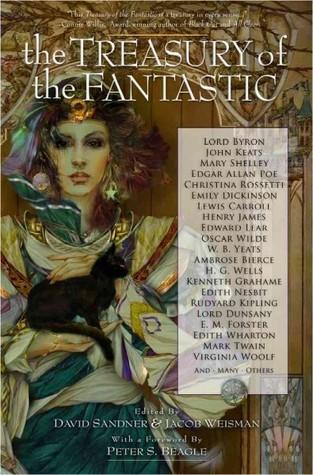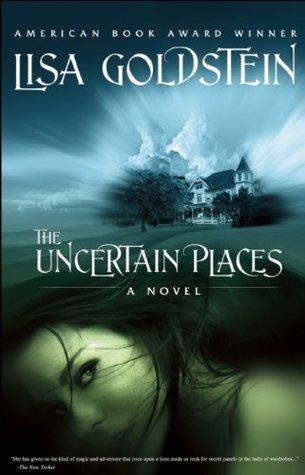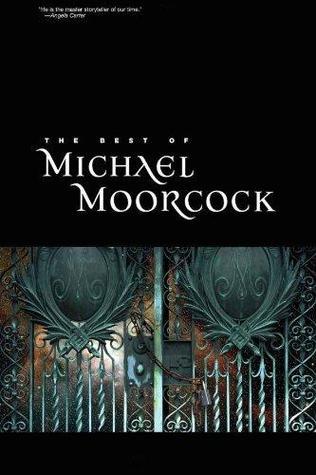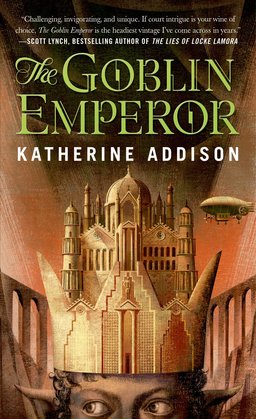Future Treasures: Year’s Best Weird Fiction Volume Two, edited by Kathe Koja
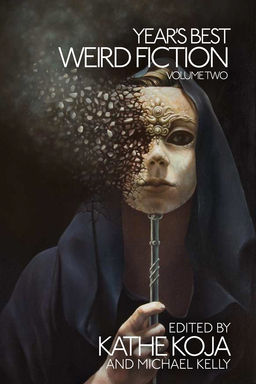 The first volume of Year’s Best Weird Fiction looks like it has been an unqualified success.
The first volume of Year’s Best Weird Fiction looks like it has been an unqualified success.
In his review, James McGlothlin wrote:
We are long overdue to have a year’s best anthology dedicated specifically to the weird… The craft of fine writing is quite exemplar here… Barron has successfully compiled an excellent anthology.
Now Undertow Books has revealed the cover and the complete Table of Contents for Year’s Best Weird Fiction Volume Two, to be published later this year. Here’s the TOC:
“The Atlas of Hell” by Nathan Ballingrud (Fearful Symmetries)
“Wendigo Nights” by Siobhan Carroll (Fearful Symmetries)
“Headache” by Julio Cortázar. Translation by Michael Cisco (Tor.com, September 2014)
“Loving Armageddon” by Amanda C. Davis (Crossed Genres #19, July 2014)
“The Earth and Everything Under” by K.M. Ferebee (Shimmer #19, May 2014)
“Nanny Anne and the Christmas Story” by Karen Joy Fowler (Subterranean Magazine, Winter 2014)
